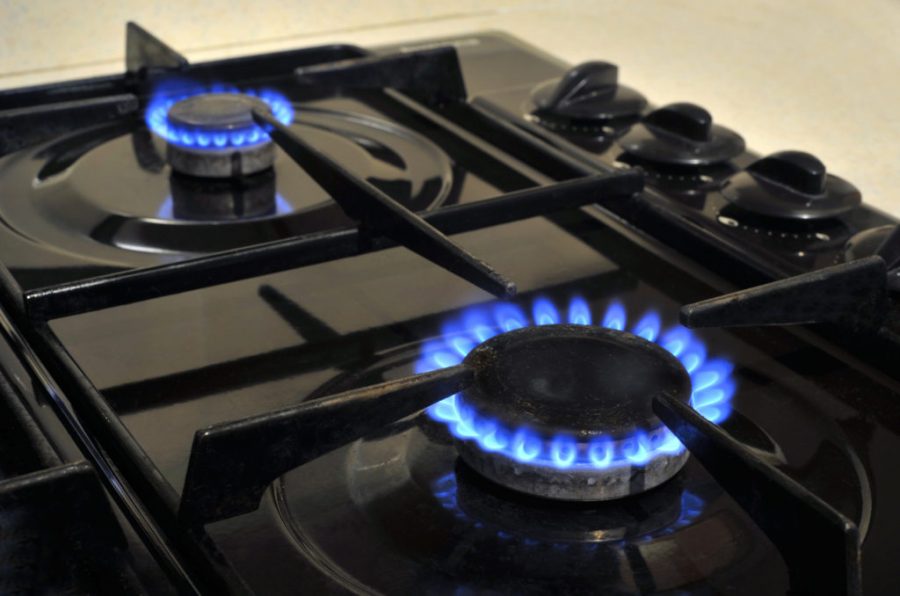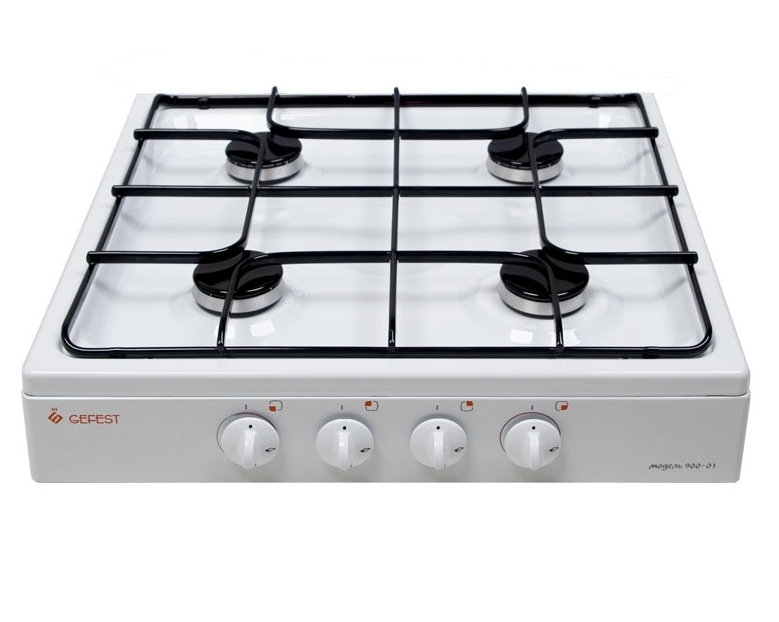Gasification created comfortable conditions for people for heating tasks and cooking. At the same time, a need arose for various calculations of gas consumption of a gas stove per hour. According to this criterion, one or another modification of the gas stove is selected.
It is important to have data on how much gas the stove consumes per hour. Other indicators operating on gas are also important.

Content
GOST indicators
According to GOST standards (10798-85), stoves may have a different number of burners. Usually there are 2, 3 or 4. Each of them must guarantee proper combustion of the gas, which is resistant to air flow.
The power of the burners can be reduced, standard and increased. Its parameters according to GOST are as follows:
The first is 0.6 kW.
The second is 1.7 kW.
The third is 2.6 kW.
The average total power value of the stove is 10 kW. Enough and simple arithmetic to determine the average gas consumption per hour is 1.2 cubic meters. In the technical documents of a particular stove, information on gas flow is necessarily reflected. The type of gas is taken into account: natural or liquefied.
If there is an old model at home, from which there are no more documents, you can use the averaged data. We learn for sure that the equipment consumes from 1.2 m3/ hour up to 2.5 m3/ hour of gas (4-burner stove).
Questions on counters
The reasons for such calculations are related to the choice of type and modification of the counter. Even a modest error here can cause negative consequences. Most often, there are problems in the functioning of the counter. It is replaced, and then the gas pipes are redone.
The appearance of this appliance must correspond to the technique installed in the house.
The meters are labeled G. It reflects their power qualities. In fact, he informs what the total gas flow should occur in the house, so that the meter accurately and without failures reflects it.
Example: a gas stove is operating in an apartment. Gas consumption for one hour is in the range of 0.03 - 1.2 cubic meters. In the apartment you need to mount the simplest device. Mounting the meter on an impressive volume is not reasonable.
If a gas stove, a boiler or a water heater act in the home, the picture changes dramatically. And these devices have already obtained completely different indicators. Even if the boiler or column uses minimal natural gas, this parameter will still exceed the maximum gas consumption in liters for a stove with 4 burners. Here it will already be necessary to put a complex counter, designed to work in such conditions.
In houses where complex gas appliances are arranged, the minimum gas consumption data is calculated based on the technical properties of the stove. Maximums are calculated in aggregate. The abundance of gas technology can cause another serious problem: a huge range will appear between the extreme points of consumption.
Example: there is a stove in a house. It operates on natural gas. The column and boiler work on the same fuel. Minimum data for calculation (cost per hour) - technical data of the furnace. This is 0.3 cc. m., maximum performance reached 7.1 cubic meters. Often even greater values are obtained. And there is simply no device to cover this range.
In this situation, several devices are mounted. A counter with indexes G1.6 is placed on the stove (counter power is 1.6, 4-burner stove) or G2.5. Its G4 version (minimum) is mounted on equipment that consumes significantly gas. There is a legal subtlety in this situation. When two counters work, the same number of personal accounts opens. There are separate payments. At the same time, the cost of installing these devices doubles.
The principle of calculations is changing in the presence of a boiler with two circuits. Minimum data are identified on the basis of the technical numbers of the stove and this unit.The difference between the extreme marks of consumption is more modest. And picking up the right meter is much easier.
Which plate to choose
Also, the choice of a meter and a method of calculating gas consumption by a stove are influenced by factors such as:
- The number and power of the burners. For example, if you do not need to cook all day meals for a large team / family, a model with 2 low-power burners is suitable for you. And then the control device will need inexpensive. With 4 burners a bit more complicated.
- Plate operation method.
- The number of residents and their habits.
- Season and season. For example, in winter frosts, about 300 cubic meters of gas are consumed by gas heating. liquefied gas. In the summer - 30-40 cubic meters And about 10% is gas waste due to burners. Another 90% is spent on water. And with such layouts per month, such a stove consumes 3-4 cubic meters. fuel.
Rules for determining flow
In order to accurately calculate how much propane the burners will consume, their power must be divided by the thermal conductivity of the fuel. This is about 8-1 kW x hour / cubic meter.
Example with the GORENJE G6 model. Its documentation reflects:
1 burner with a diameter of 5.1 cm consumes 1 kW. Two burners with a diameter of 7.5 cm "eat" 1.9 kW each. And one with a parameter of 13.2 cm - 3.5 kW.
The total power is 8.3 kW. In computational operations, a norm of 0.8-1 cubic meters is obtained - gas consumption per hour. This is provided that all burners are switched on at the same time.
Scrupulously calculate the consumption of the hotplate for the month is possible thanks to the readings of the counters. And here it is important to correctly select and install these devices, observing the power range.

Saving methods
To cooker, for example, Gefest, or any other does not bring large costs, the owners require a certain discipline. And you can save with these methods:
- When the cookware is placed on the burner for heating, be sure to cover it with a lid. Savings - about 20%.
- Make sure that the bottom area covers the entire area of the divergence of fire.
- As soon as possible, heat the contents of the dishes for the required indicators. After all, if the valve is screwed on, the pan walls give off heat much longer. And spending is developing at 10-15%.
- Protect the fire in the oven from air currents (from drafts, air conditioners). They direct heat to the side. So the heating lasts longer, and more fuel is spent by 10-15%.
- When the required temperature is reached, be sure to close the valve. For example, the water in the kettle should not boil.